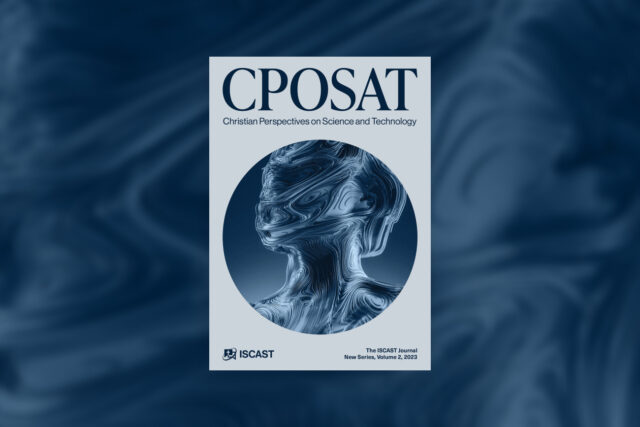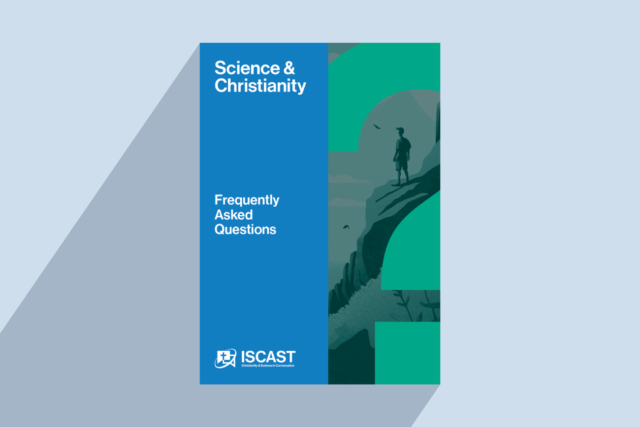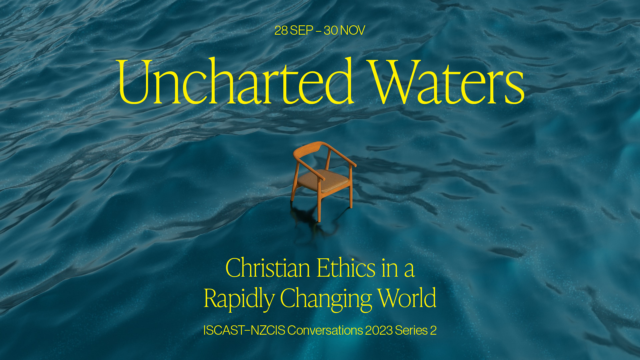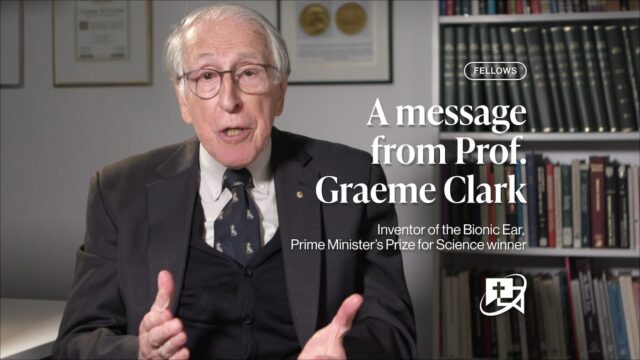
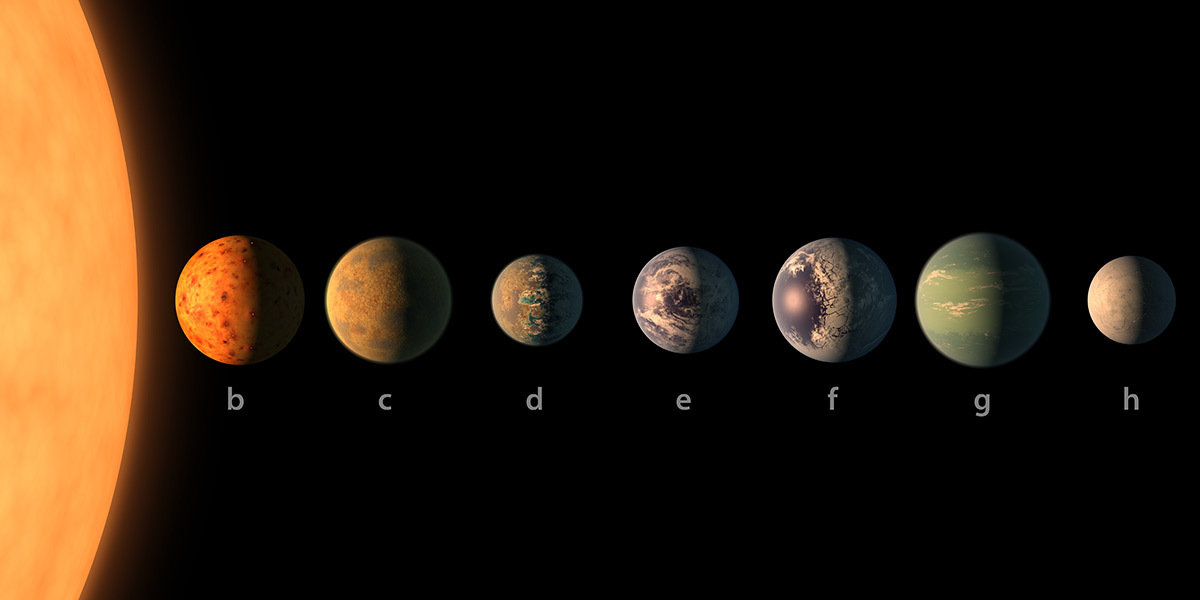

Exoplanet discoveries and alien life: A comment by ISCAST Fellow Jon Clarke
Dr Jonathan Clarke is an ISCAST Fellow and board member. He is president of Mars Society Australia, an associate of the Australian Centre for Astrobiology, and sessional instructor in astrobiology at Swinburne University.
Until 1992 planets beyond our solar system, or exoplanets, were the stuff of speculation and fiction. That year the exoplanets were discovered in perhaps the last place that might be expected: orbiting pulsars. Since then thousands of planets have been discovered. As of February 24th, 2017, 3583 planets belonging to 2688 planetary systems were known. Statistics are updated daily at http://exoplanet.eu/catalog/
This week NASA scientists published a paper in Nature (Feb. 22, 2017) that provided one of the most intriguing and exciting discovery of exoplanets to date: no fewer than seven more or less Earth-sized planets orbiting a single star, of which three are potentially habitable because they could might sustain liquid water on the surface. The planets orbit a small red dwarf, one of the most common class of stars in the universe, only 40 light years away. They are so close to the star they are probably tidally locked; that is, they keep the same face pointing toward the star as thy orbit it, much as our Moon faces the Earth.
Of course “potentially habitable” does not mean they are actually habitable. Much depends on other factors, such as atmospheric density and composition, the state of the planetary magnetic fields, the prevalence of ultraviolet flares from the star, among them. Nor does “habitable” mean “inhabited.” A lot more work would need to be done, some with as yet unbuilt instruments, to determine whether these planets are actually habitable, let alone inhabited. But so many Earth-like planets in a single system so close to Earth provide a great natural laboratory to explore questions of habitability and perhaps the presence of extra-terrestrial life.
See more here:
https://exoplanets.nasa.gov/news/1419/nasa-telescope-reveals-largest-batch-of-earth-size-habitable-zone-planets-around-single-star/
http://astrobiology.com/2017/02/uv-surface-habitability-of-the-trappist-1-system.html
http://exoplanet.eu/catalog/
And for a sneak peak at ISCAST’s next invited international visitor, Jennifer Wiseman, take alook at this NASA video on exoplanets. Jennifer will almost definitely join us in March 2018 for our next Conference on Science and Christianity in Brisbane. But that’s a secret!

